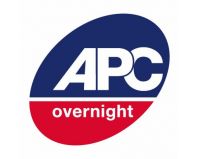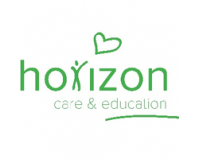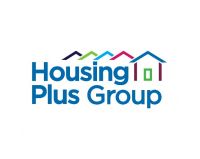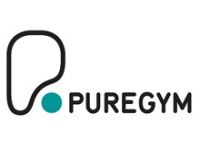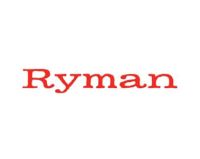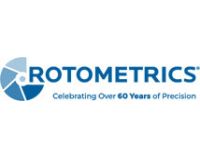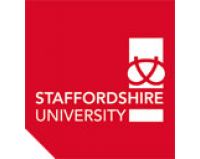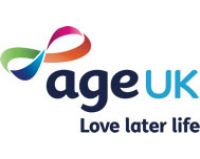Strokes occur very regularly with 1 happening every 5 minutes in the UK and it can happen to anyone so it is important to know how to spot a stroke. A stroke is a medical emergency so it is important to act fast and call 999. There are three types of strokes with the signs and symptoms being very similar, the most common stroke is caused by a blood clot which blocks the blood vessel supplying a part of the brain.
In the UK, there are over 100,000 strokes each year; that means 1 stroke every 5 minutes.
SPOTTING A STROKE
If you believe someone is having a Stroke you can carry out the 'FAST' test checking the following:
-
Face- has their mouth or eyes drooped? Can the person smile?
-
Arms- Can they raise both of their arms?
-
Speech- Is their speech slurred? Can the person speak clearly and understand what you are saying?
-
Time- If you can see the signs of a stroke it is time to call 999, as a stroke is a medical emergency.
Other symptoms of a stroke include:
- Blurred vision or loss of sight
- Sudden memory loss or confusion
- A severe headache
- Sudden numbness or weakness on one side of the body
- Difficulty finding words or speaking in clear sentences.
TREATMENT OF A STROKE
A stroke needs to be treated in a hospital, with it being important to get the individual to the hospital so that a scan can be done to find out the cause of the stroke, which means it can then be treated- always call 999 if you suspect a stroke. The treatment a casualty receives will vary depending on what type of stroke they have had. as well as what part of the brain was affected and what caused it. Strokes are typically treated by medication, this includes medication to prevent blood clots, reduce blood pressure, and reduce cholesterol levels. Sometimes other procedures may be needed such as surgery to treat brain swelling and reduce the risk of further bleeding- if this was the cause of the stroke.
Below is a list of treatment and what you should do for strokes:
-
Maintain airway and breathing
-
Call 999 for emergency help
-
Make sure you place an unconscious casualty into the recovery position
-
Lay the unconscious casualty down with their head and shoulders raised
-
Give the casualty reassurance- do not assume that they do not understand
-
Monitor and record breathing, pulse and levels of response
If you would like further information on strokes then visit the NHS stroke page for an overview. At Staffordshire First Aid Training, we cover Strokes in our Level 3 First Aid at Work Course and our Level 3 Paediatric First Aid Course. If you require further information about our courses then please contact us.
Safe Haven Training Ltd
Founder Ian Bryan has had an extensive career lasting over 30 years, as an NHS Paramedic, both on the road and for the County Air Ambulance. With a passion for First Aid and Emergency care, Ian went on to build a family run business made up of individuals who are fully trained and experienced in Pre Hospital Emergency Care, First Response and current NHS staff.

